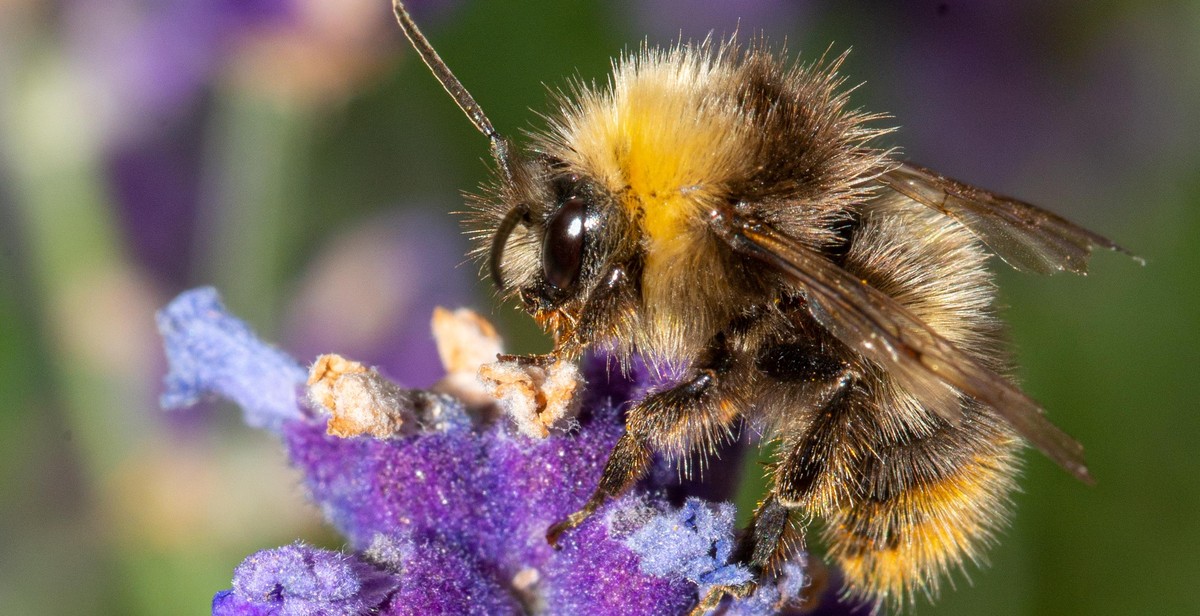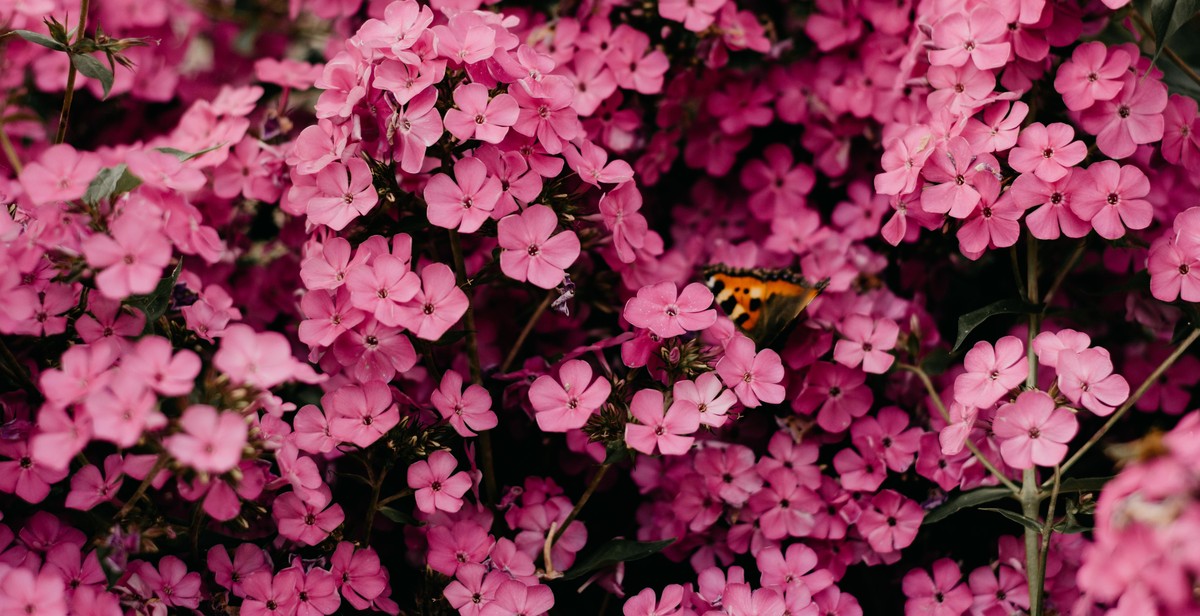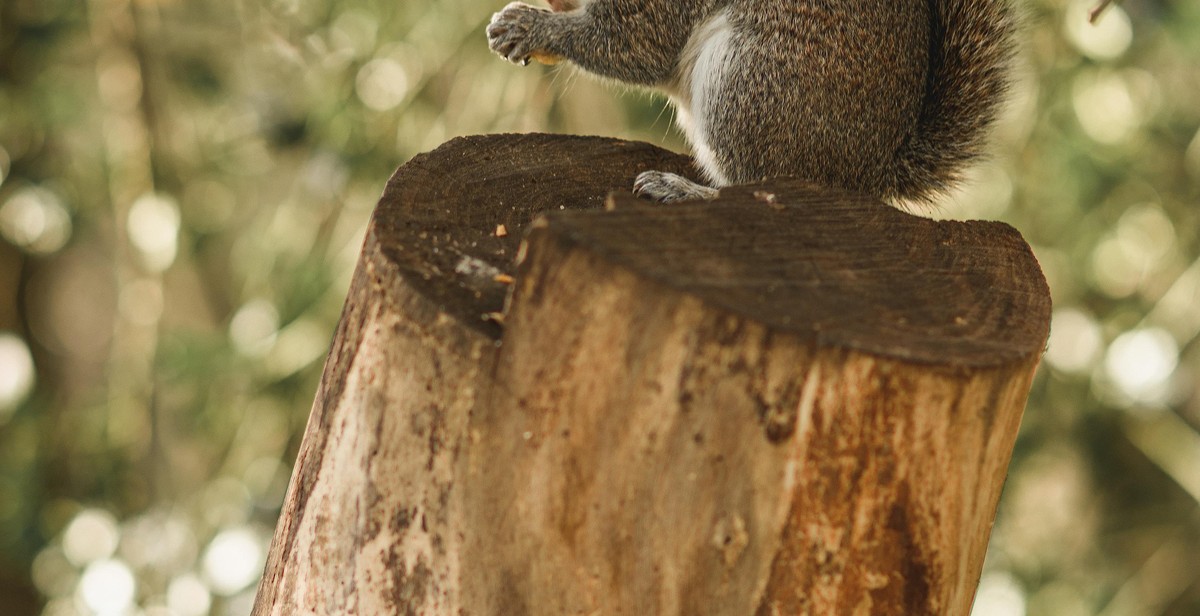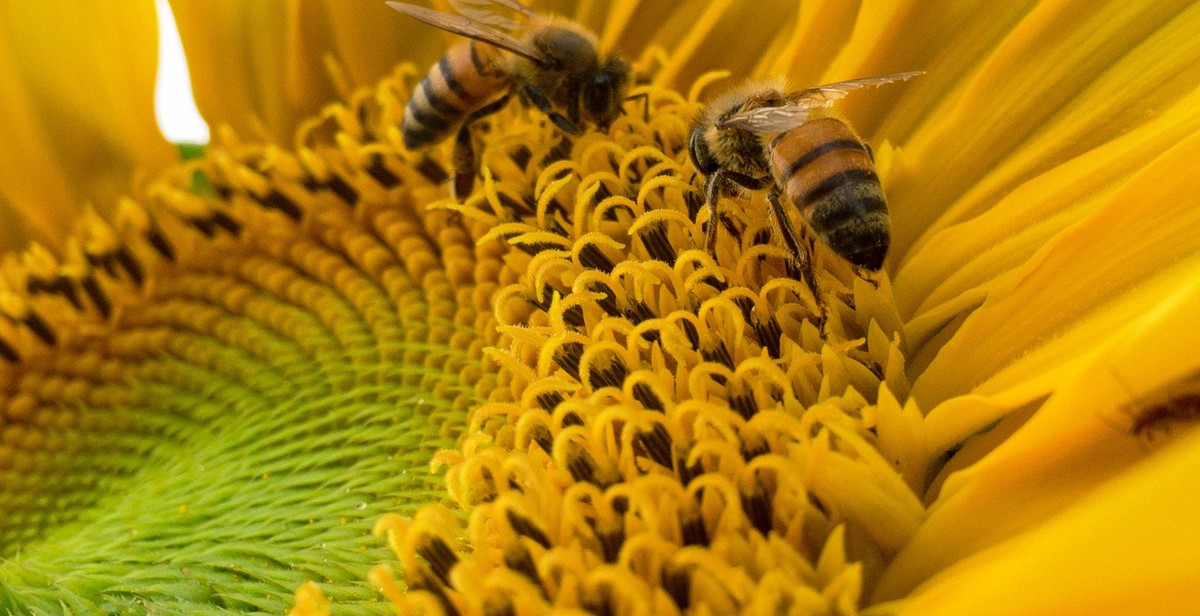How to Design a Pollinator-friendly Garden: Attracting Bees, Butterflies, and Hummingbirds
A pollinator-friendly garden is a garden that is designed to attract and support pollinators such as bees, butterflies, and hummingbirds. Pollinators play a vital role in our ecosystem by helping plants reproduce and maintain genetic diversity. However, due to factors such as habitat loss, pesticide use, and climate change, pollinator populations are declining at an alarming rate. Designing a pollinator-friendly garden is one way to help support these important creatures and ensure the health and diversity of our ecosystem.
Why Design a Pollinator-friendly Garden?
There are many reasons to design a pollinator-friendly garden. First and foremost, it helps support our ecosystem by providing a habitat for pollinators to thrive. This, in turn, helps to maintain genetic diversity and ensures the health of our food systems. Additionally, a pollinator-friendly garden can be a beautiful and vibrant addition to any landscape. With a diverse array of flowers and plants, a pollinator-friendly garden can attract a variety of pollinators, adding color and life to your outdoor space. Finally, designing a pollinator-friendly garden can be a fun and rewarding project for gardeners of all skill levels.
In this article, we will provide tips and strategies for designing a pollinator-friendly garden that attracts bees, butterflies, and hummingbirds. From selecting the right plants to creating a welcoming habitat, we will guide you through the process of creating a beautiful and beneficial garden that supports pollinators.

Understanding Pollinators
Pollinators are essential to the reproduction and survival of many plants. They transfer pollen from the male reproductive organs of a flower to the female reproductive organs of another flower, allowing for fertilization and the production of seeds. Without pollinators, many plants would not be able to reproduce, which could have a significant impact on the ecosystem.
The Importance of Pollinators
Pollinators are responsible for pollinating approximately 75% of all flowering plants, including crops that provide us with food, fiber, medicine, and other important resources. The economic value of pollinators is estimated to be around $235 billion annually worldwide. Additionally, pollinators play a crucial role in maintaining biodiversity and the health of ecosystems.
Types of Pollinators
There are many different types of pollinators, including bees, butterflies, moths, flies, beetles, birds, and bats. Bees are the most important pollinators, and there are over 20,000 species of bees worldwide. Butterflies and moths are also important pollinators, particularly for plants that open their flowers during the day. Hummingbirds are the primary pollinators for many species of flowers that have long, narrow tubes.
Bees:
- Honey bees
- Bumble bees
- Mason bees
- Sweat bees
Butterflies:
- Monarch butterflies
- Swallowtail butterflies
- Skipper butterflies
Hummingbirds:
- Ruby-throated hummingbirds
- Anna’s hummingbirds
- Black-chinned hummingbirds
Pollinator Habitat Needs
Pollinators require specific habitat conditions to thrive. These include:
| Requirement | Description |
|---|---|
| Food | Pollinators need a variety of nectar and pollen sources throughout the growing season. |
| Water | Pollinators need a source of clean water for drinking and bathing. |
| Shelter | Pollinators need shelter from the wind, rain, and extreme temperatures. This can include vegetation, nesting sites, and other structures. |
| Protection | Pollinators need protection from predators, pesticides, and other threats. |
By understanding the importance of pollinators, the types of pollinators, and their habitat needs, you can design a pollinator-friendly garden that attracts bees, butterflies, and hummingbirds.

Designing a Pollinator-friendly Garden
Designing a pollinator-friendly garden is a great way to attract bees, butterflies, and hummingbirds to your yard. These pollinators play a crucial role in our ecosystem, and they also help to pollinate our fruits and vegetables. Here are some tips on how to design a pollinator-friendly garden:
Choosing the Right Plants
Choosing the right plants is essential when designing a pollinator-friendly garden. Bees, butterflies, and hummingbirds all have different preferences when it comes to the types of flowers they like. Bees are attracted to brightly colored flowers, while butterflies prefer flowers with a flat surface that they can land on. Hummingbirds are attracted to tubular flowers. Some great plants to include in your garden are:
- Lavender
- Butterfly weed
- Coneflowers
- Bee balm
- Salvia
- Black-eyed Susan
Planting Techniques
Planting techniques are also important when designing a pollinator-friendly garden. Be sure to plant your flowers in clusters to make it easier for pollinators to find them. You should also plant flowers of different heights and colors to attract a variety of pollinators. Additionally, try to avoid using pesticides in your garden, as they can harm pollinators.
Creating a Water Source
Creating a water source is another great way to attract pollinators to your garden. Bees and butterflies need a source of water to drink from, so consider adding a bird bath or a small pond to your garden. Just be sure to change the water regularly to prevent mosquitoes from breeding.
Providing Shelter and Nesting Sites
Finally, providing shelter and nesting sites is important for pollinators. You can create a bee hotel by drilling holes into a block of wood and placing it in your garden. Butterflies and hummingbirds also need shelter, so consider adding a few shrubs or trees to your garden.
| Plant | Pollinator |
|---|---|
| Lavender | Bees, butterflies, hummingbirds |
| Butterfly weed | Butterflies |
| Coneflowers | Bees, butterflies |
| Bee balm | Bees, butterflies, hummingbirds |
| Salvia | Bees, butterflies, hummingbirds |
| Black-eyed Susan | Bees, butterflies |

Maintaining Your Pollinator-friendly Garden
After designing and planting your pollinator-friendly garden, it is important to maintain it properly to ensure that it continues to attract bees, butterflies, and hummingbirds. Here are some tips for maintaining your garden:
Watering and Fertilizing
Watering is essential for the growth and survival of your plants. However, overwatering can be harmful to your plants and can lead to the growth of fungus and other diseases. It is important to water your plants only when necessary and to avoid getting water on the leaves or flowers, as this can attract pests and diseases.
Fertilizing your plants is also important for their growth and health. However, using too much fertilizer can harm your plants and the pollinators that visit them. It is recommended to use organic fertilizers and to follow the instructions on the package carefully.
Pest and Disease Control
Pests and diseases can harm your plants and the pollinators that visit them. It is important to monitor your garden regularly for signs of pests and diseases and to take action as soon as possible to prevent them from spreading.
Using pesticides can be harmful to pollinators and other beneficial insects. It is recommended to use natural pest control methods, such as companion planting, crop rotation, and handpicking pests. If you must use pesticides, choose a product that is specifically designed for the pests you are targeting and use it sparingly.
Seasonal Maintenance
Seasonal maintenance is important for the health and appearance of your garden. In the spring, it is important to remove any dead or damaged plant material and to prune your plants as necessary. In the summer, it is important to water your plants regularly and to deadhead flowers to encourage new growth. In the fall, it is important to remove any dead plant material and to prepare your garden for the winter.
By following these tips for maintaining your pollinator-friendly garden, you can enjoy a beautiful and healthy garden that attracts bees, butterflies, and hummingbirds for years to come.

Conclusion
Designing a pollinator-friendly garden is not only beneficial for the environment, but it also adds beauty and diversity to your outdoor space. By following the steps outlined in this article, you can create a garden that attracts bees, butterflies, and hummingbirds.
Key takeaways:
- Choose native plants to provide food and shelter for pollinators
- Include a variety of flowers that bloom throughout the growing season
- Provide water sources and nesting sites
- Avoid pesticides and herbicides that can harm pollinators
- Maintain your garden regularly to keep it healthy and thriving
Remember that every little bit helps when it comes to supporting pollinators. Whether you have a large garden or a small balcony, you can make a difference by planting pollinator-friendly flowers and providing habitats for these important creatures.
References:
| Source | Link |
|---|---|
| The Xerces Society | https://xerces.org/ |
| National Wildlife Federation | https://www.nwf.org/ |
| Pollinator Partnership | https://www.pollinator.org/ |
By following these tips and doing your part to support pollinators, you can create a beautiful and thriving garden that benefits both you and the environment.
